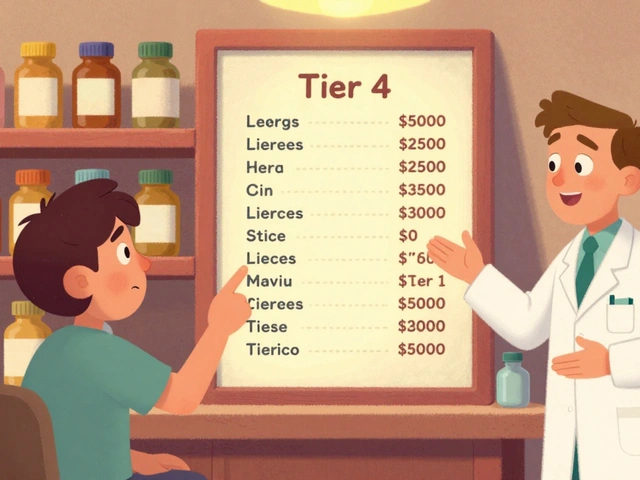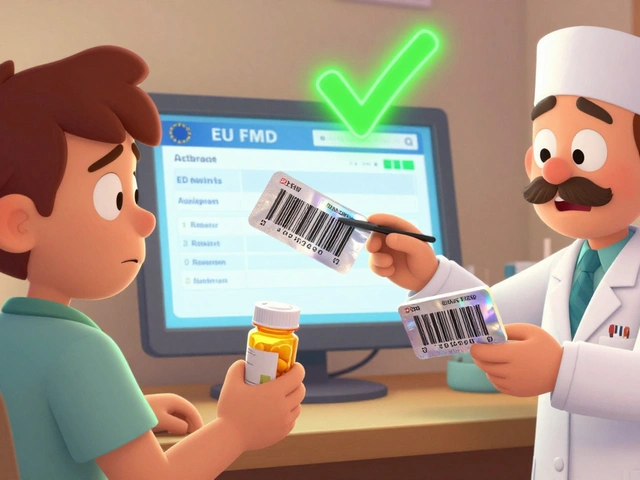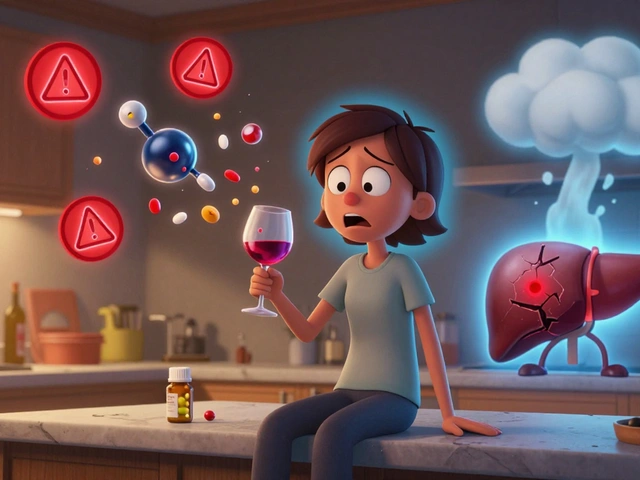Aspirin and Blood Clotting: How It Works and What You Need to Know
When you take aspirin, a common over-the-counter pain reliever that also acts as an antiplatelet agent. Also known as acetylsalicylic acid, it doesn't just calm headaches—it changes how your blood behaves. Unlike blood thinners like warfarin that slow down clotting factors, aspirin stops platelets from sticking together. That’s why doctors often recommend low-dose aspirin for people at risk of heart attacks or strokes. It’s not magic—it’s science. And it’s not for everyone.
Platelets are tiny cell fragments in your blood that rush to injury sites and clump together to stop bleeding. That’s good when you cut your finger. But when they clump inside an artery blocked by plaque, that’s when trouble starts. Aspirin blocks an enzyme called COX-1, which platelets need to make thromboxane—a chemical signal that tells them to stick. No thromboxane, no sticky platelets. Less clumping means lower risk of dangerous clots. This effect lasts for the life of the platelet, about 7 to 10 days. That’s why people on daily aspirin don’t need to take it multiple times a day.
But here’s the catch: stopping platelets from clumping also means your body has a harder time sealing cuts or internal injuries. That’s why some people on aspirin notice they bruise easier or bleed longer from minor wounds. It’s not a side effect—it’s the intended action. And it’s why you shouldn’t start or stop aspirin without talking to your doctor. A 2018 study in the New England Journal of Medicine showed that for healthy older adults, daily aspirin didn’t extend life or prevent heart events—but did increase bleeding risks. That’s why guidelines now focus on people with known heart disease or high risk, not the general population.
Aspirin’s role in blood clotting also connects to other conditions. For example, it’s sometimes used in people with atrial fibrillation who can’t take stronger blood thinners. It’s also been studied for preventing preeclampsia in pregnancy and reducing colon cancer risk over time. But none of these uses are one-size-fits-all. The dose matters: 81 mg is standard for heart protection, while 325 mg is used for pain or fever. Higher doses don’t mean better clot prevention—they just mean more stomach irritation.
And then there are the alternatives. Drugs like clopidogrel (Plavix) and ticagrelor (Brilinta) work differently than aspirin but target the same goal: keeping platelets quiet. Some people take aspirin with one of these for extra protection after a stent. Others can’t tolerate aspirin due to allergies or stomach ulcers. That’s where those alternatives come in. But aspirin remains the cheapest, most studied, and most widely used option for long-term antiplatelet therapy.
So if you’re wondering whether aspirin is right for you, it’s not about whether it works—it’s about whether the benefits outweigh the risks for your body. It’s not a supplement. It’s a medicine with real consequences. And if you’re already taking it, don’t quit cold turkey. Stopping suddenly can trigger a rebound effect, making clots more likely.
Below, you’ll find real, practical guides on how aspirin fits into broader medication use—from interactions with other drugs to what to watch for if you’re on it long-term. No theory. No fluff. Just what you need to know to stay safe and informed.






